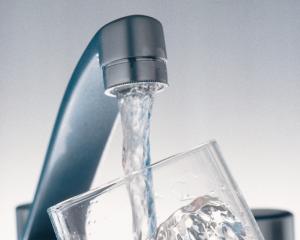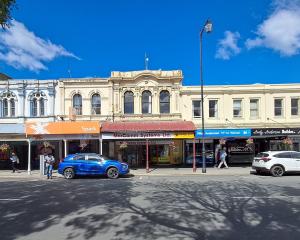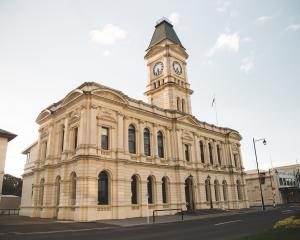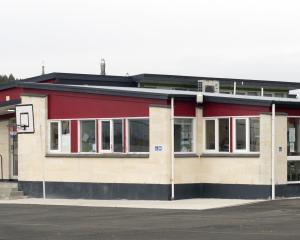As we all know, the chicken cannot exist without the egg, and vice versa - and much the same can be said for Meridian's largely Waitaki-based hydro power assets, and Waitaki communities which, in many ways, owe their mutual existence to each other.
Work started in 1928 to build the Waitaki power station and it would be another 57 years before the whole Waitaki chain - including the Ohau A, Ohau B, Ohau C, Benmore, Aviemore and Waitaki stations, was completed. In that time, the construction process built more than just a chain of canals and hydro-electric dams - it also spawned new communities and a whole series of New Zealand ''firsts''.
The Waitaki dam was the first station in the country to be built without diverting the natural river course, and it was the last to be built entirely by pick and shovel.
The Waitaki hydro scheme then became a ''make work'' project to provide jobs during the 1930s depression, and in the process spawned what is believed to be the world's first social welfare scheme, when Kurow doctor D.
G. McMillan agreed to provide free medical treatment to workers and their families, who paid a small amount of money into a common fund.
Mr McMillan and a former Kurow church minister Arnold Nordmeyer, both later became cabinet ministers and used the Waitaki Dam scheme as a template to develop a social welfare system for the whole of New Zealand, in 1939.
The modern townships of Twizel and Otematata were both entirely founded to build dams and power stations that formed part of the overall scheme.
Otematata was developed in the 1950s, to house the workforce needed to build the Benmore and Aviemore power stations and dams, including the 110m-high Benmore dam, which is still the country's largest solid-earth dam. Twizel was created in the 1960s, to house workers for the Upper Waitaki hydro scheme, which began work to build four more power stations in 1970.
Communities in the Waitaki Valley are today still benefiting from the spin-offs of the construction process.
The Aviemore project resulted in the country's first artificial trout-spawning stream, while the 74.5sq km Lake Benmore, the largest man-made lake in New Zealand, holding 1.5 times more water than Wellington Harbour, is now the second-most-fished lake in the country.
Meridian's six Waitaki power stations, along with its Manapouri station and wind farm operations now generate about 30% of the country's electricity. The six 90MW generation units at the scheme's largest station, Benmore, have an average electricity generation output which by itself is enough to power about 247,000 average New Zealand households.
Meridian chief executive Mark Binns said the Waitaki chain accounted for about 57% of the energy provider's total 2338MW hydro-generation capacity.
The Waitaki stations were the ''backbone'' of Meridian's generation assets, and with the Government due to sell a 49% stake in the company when the share offer begins on September 30, it would provide a chance for communities in Waitaki, in particular, to claim ownership of a scheme that had been central to community life for more than 70 years, he said.
''It's a chance for all New Zealanders to buy a share of it. It's pretty special,'' he said.












